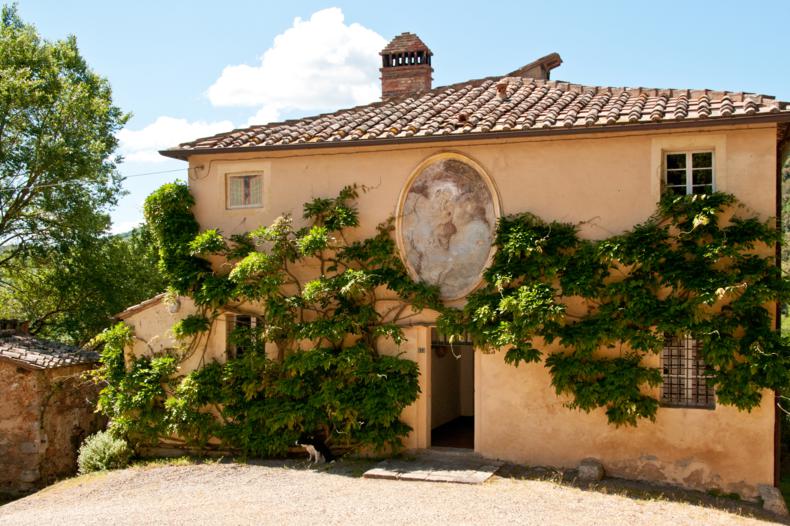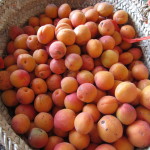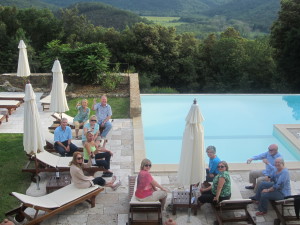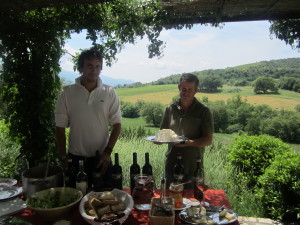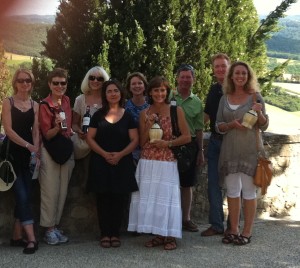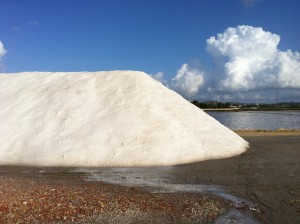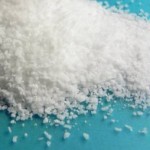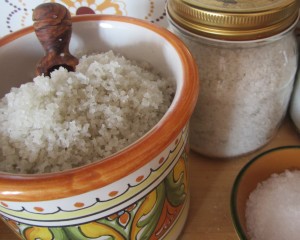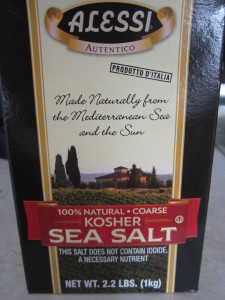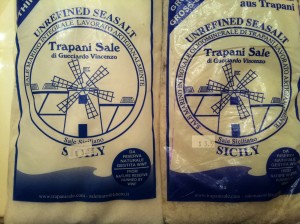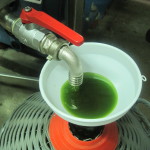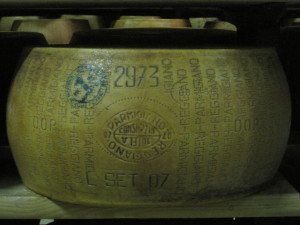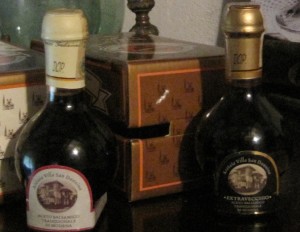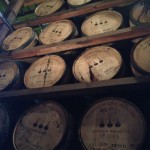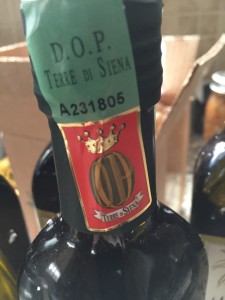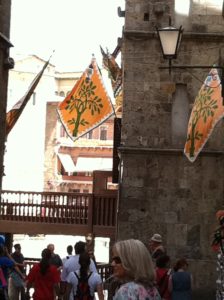 The Feast of the Assumption of the Blessed Virgin on August 15 is a national holiday in Italy and throughout most of Europe, and many Europeans go on vacation around this time – which is why so many places are closed when you take an August vacation to Italy! But in Siena, Tuscany, the feast of ferragosto has special significance to the Sienese: the city has been dedicated to the Madonna del Assunta since the middle ages and the exceptional horse race known as the Palio has been run in her honor on August 16 for over 300 years.
The Feast of the Assumption of the Blessed Virgin on August 15 is a national holiday in Italy and throughout most of Europe, and many Europeans go on vacation around this time – which is why so many places are closed when you take an August vacation to Italy! But in Siena, Tuscany, the feast of ferragosto has special significance to the Sienese: the city has been dedicated to the Madonna del Assunta since the middle ages and the exceptional horse race known as the Palio has been run in her honor on August 16 for over 300 years.
Throughout Siena’s long history, the Madonna of the Assumption has protected the Sienese people. From the victory over Florence in the battle of Monteperti on September 4, 1260 to World War II and the present day, the Sienese have begged for and received divine protection and have dedicated themselves to honoring the Virgin. So the Palio run in her honor on August 16 is special and the winning contrada – neighborhood of Siena competing in the race – streams into the cathedral after the race, waving their colors, beating the drums and singing a Te Deum of thanksgiving to the Virgin.
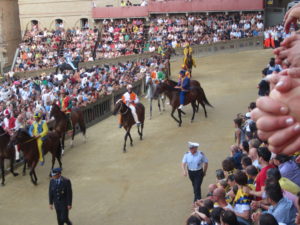 The palios held in Siena in medieval times were horse races that started outside the city and ended at the Duomo, in addition to competitions and mock battles held in the Piazza del Campo. The first Palio run as we know it today – 3 times around the Piazza del Campo on a temporary dirt track – was run on July 2nd in the 1650’s and the August palio was added in 1701. Ten neighborhoods of Siena compete with each other in a race that takes 1 minute and 15 seconds. The winning contrada gets to claim the drappellone, a silk banner especially painted for each race, as well as bragging rights to the victory. The banners are beautiful pieces and always have the image of the Madonna and the ten contrada colors or symbols that are competing in that race.
The palios held in Siena in medieval times were horse races that started outside the city and ended at the Duomo, in addition to competitions and mock battles held in the Piazza del Campo. The first Palio run as we know it today – 3 times around the Piazza del Campo on a temporary dirt track – was run on July 2nd in the 1650’s and the August palio was added in 1701. Ten neighborhoods of Siena compete with each other in a race that takes 1 minute and 15 seconds. The winning contrada gets to claim the drappellone, a silk banner especially painted for each race, as well as bragging rights to the victory. The banners are beautiful pieces and always have the image of the Madonna and the ten contrada colors or symbols that are competing in that race.
It is an exciting time in Siena during the days of the Palio. A week before the race the dirt is put on the piazza track and the Sienese say “C’e’ la terra in Piazza”, which literally means “the dirt is in the Piazza” but figuratively means “life begins again, hope begins again.” Four days before the race the horses are chosen and then assigned to each of the ten competing contrade and trial races are run both morning and evening leading to the actual race at 7 pm on August 16th.
The night of August 15 is a festive night with a special dinner in each contrada’s piazza featuring lots of singing, celebrating and hopes for a victory, or at the very least defeat for your enemy! On the afternoon of the race the horse and jockey enter the contrada church and are blessed by the contrada priest before taking part in the historic medieval parade, winding through the streets of Siena and ending in the Piazza. All 17 contrade participate in the parade and at the very end the palio banner enters on a cart pulled by six white oxen to lots of cheering and clapping! You can feel the emotions increasing and running high – thousands of people are packed into the Piazza with thousands more crowding every window and balcony.
When we took a group to the Palio two years ago we had perfect seats on a balcony that gave us a great vantage point for watching the start and finish of the race, as well as the crazy excitement that happens as the winning contrada celebrates, hoisting high the jockey, waving the Palio banner and hugging and kissing the horse and each other. We were fit in like sardines on our balcony, but we didn’t mind because the view was so wonderful. Oh, and we had refreshments…and a bathroom.
Nothing can compare to participating in the Days of the Palio with an insider like Gina. In 2017 we’re planning to take a group to the August Palio – the Selva (the contrada that Gina is a member of) will be running! If you’re interested, let Mary know and she’ll get you on the list! We limit our group to 10 people.
To listen to the race on the 16th August at 7 pm, Italian time – click here. You can also watch after the race on YouTube.com (google 16 Agosto Palio of Siena 2016).
